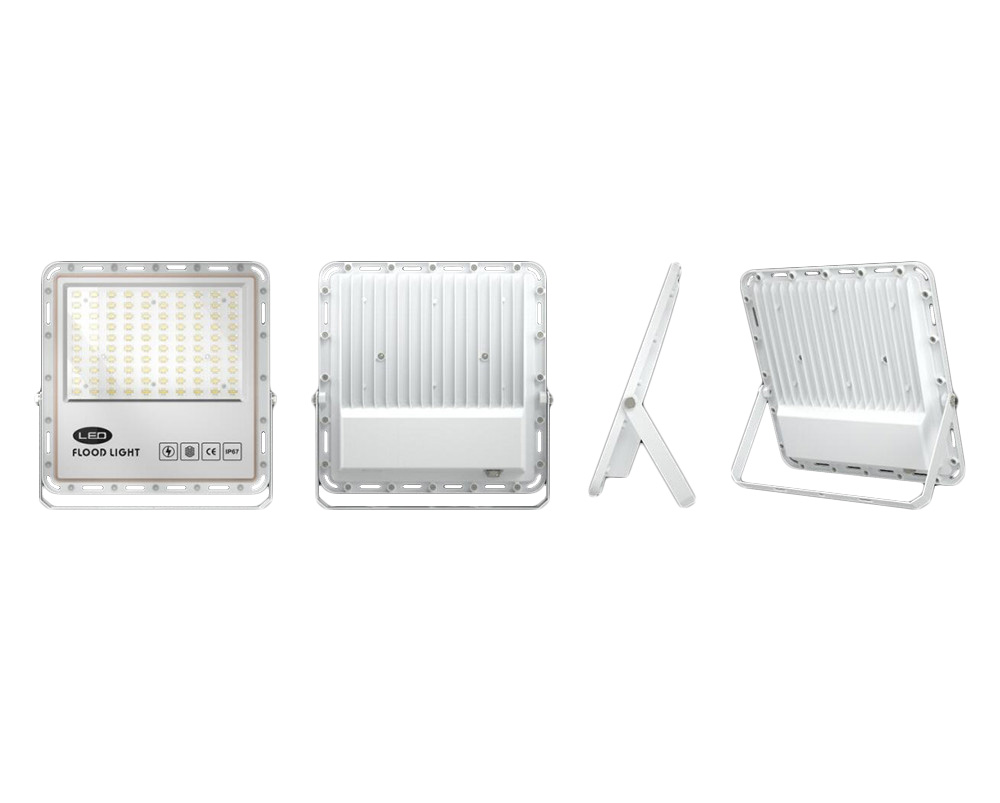For wireless sensor network nodes to communicate with each other, they must have corresponding wireless network protocols (including physical layer, MAC layer, network layer, application layer, etc.), and traditional wireless protocols are difficult to adapt to the low cost and low energy of wireless sensors. , high fault tolerance requirements, in this case, the ZigBee protocol came into being. ZigBee is an emerging short-distance, low-rate wireless network technology, mainly used for short-distance wireless connections. It has its own protocol standards and coordinates communication among thousands of tiny sensors.
ZigBee is a wireless data transmission network platform that can be composed of up to 65,000 wireless data transmission modules. It is very similar to the existing mobile communication CDMA network or GSM network. Within the network range, they can communicate with each other; the distance between each network node can be from the standard 75m to the extended hundreds of meters, or even several kilometers. In addition, the entire ZigBee network can also be connected with various other existing networks. The specific protocol of ZigBee is realized by the protocol stack. In layman's terms, the protocol stack is an interface between the protocol and the user. Developers use the protocol stack to use this protocol to realize wireless data transmission and reception. The ZigBee protocol stack structure is based on the standard Open System Interconnection (OSI) model, which is established on the basis of the IEEE 802.15.4 standard, and is divided into 4 layers: the physical layer PHY (Physical Layer), the media access control layer MAC ( Medium Access ControlLayer), network layer NWK (Network Layer) and application layer APL (Application Layer). However, the IEEE protocol only deals with low-level MAC layer and PHY layer protocols. Therefore, ZigBee Lianming has extended IEEE as follows: the PHY layer and MAC layer at the bottom of the ZigBee protocol stack adopt the IEEE 802.15.4 standard, which defines RF radio frequency and Communication with adjacent devices; the upper NWK layer, APL layer and its security service specification (security service provider layer) are customized by the ZigBee Alliance.
The ZigBee protocol stack adopts layered services. Data can only be exchanged between adjacent layers. Each layer needs a service point to transmit data to the upper layer. We call this service point SAP (Service Access Point). This kind of service access point is generally divided into two types: data service access point (SAP with letter D) and management entity service access point (SAP with letter M), the former provides transfer data service to the upper layer, and the latter provides access to the upper layer Services such as internal parameters, configuration, status and data management mechanisms. The SAP between layers transmits information through a series of service primitives, so as to realize corresponding functions.
